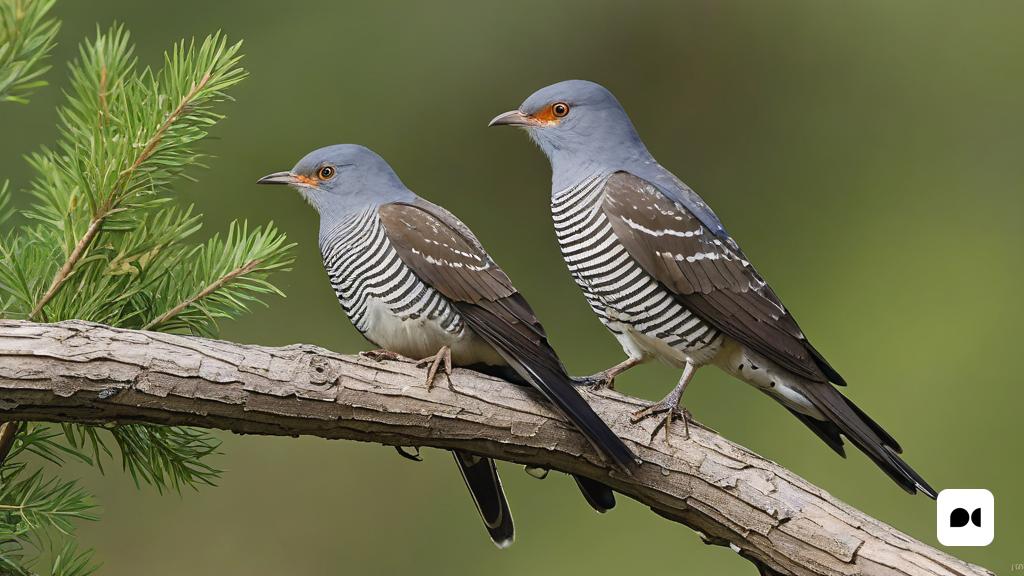The cuckoo: a fascinating bird
The cuckoo (Cuculus canorus) is a surprising bird that arrived in Spain several weeks ago. Its characteristic song brightens the forests of large areas where this curious species lives. Although its appearance is reminiscent of a hawk, the cuckoo is not a bird of prey, as it feeds mainly on insects. Its predilection for hairy caterpillars makes it a natural antidote against the processionary, a pest that affects the pine forests of Spain.
Habitat and distribution
The cuckoo is preferably found in not very dense wooded areas, such as scrubland, but it also adapts to other habitats such as coniferous forests, wetlands and wastelands. In Spain, it is present in Catalonia, the Valencian Community, the Region of Murcia and parts of Andalusia. It is also abundant in Castilla y León, Cáceres, Madrid, Cantabria, the Basque Country and Asturias, although to a lesser extent in other regions of the country.
Reproduction and behavior
One of the most surprising peculiarities of the cuckoo is its reproduction. This bird does not build nests or incubate its eggs, but rather lays an egg in the nest of other birds so that they can take care of it. The cuckoo chooses the nests of various species, expelling other eggs or already hatched young. Once the chick hatches, it will be fed exclusively by the adoptive parents.
It is estimated that the cuckoo can lay around 25 eggs per season, distributing them among several nests. This species breeds in Europe, northern Africa and Asia, and winters in subtropical Africa and Asia.
Conservation and threats
Unfortunately, the cuckoo is in decline in the Iberian Peninsula due to the use of pesticides and the transformation of its habitats. According to the Spanish Society of Ornithology (SEO-BirdLife), it is important to protect suitable habitats for cuckoos and avoid the use of pesticides that may affect their survival.
More information
If you want to know more about the cuckoo, you can visit the following link: [link](https://www.mncn.csic.es/es/comunicacion/blog/el-ave-que-piratea-los-nidos-ajenos)
Contact
If you have any questions or comments about the environment, you can contact us through the following email address: [email protected]

